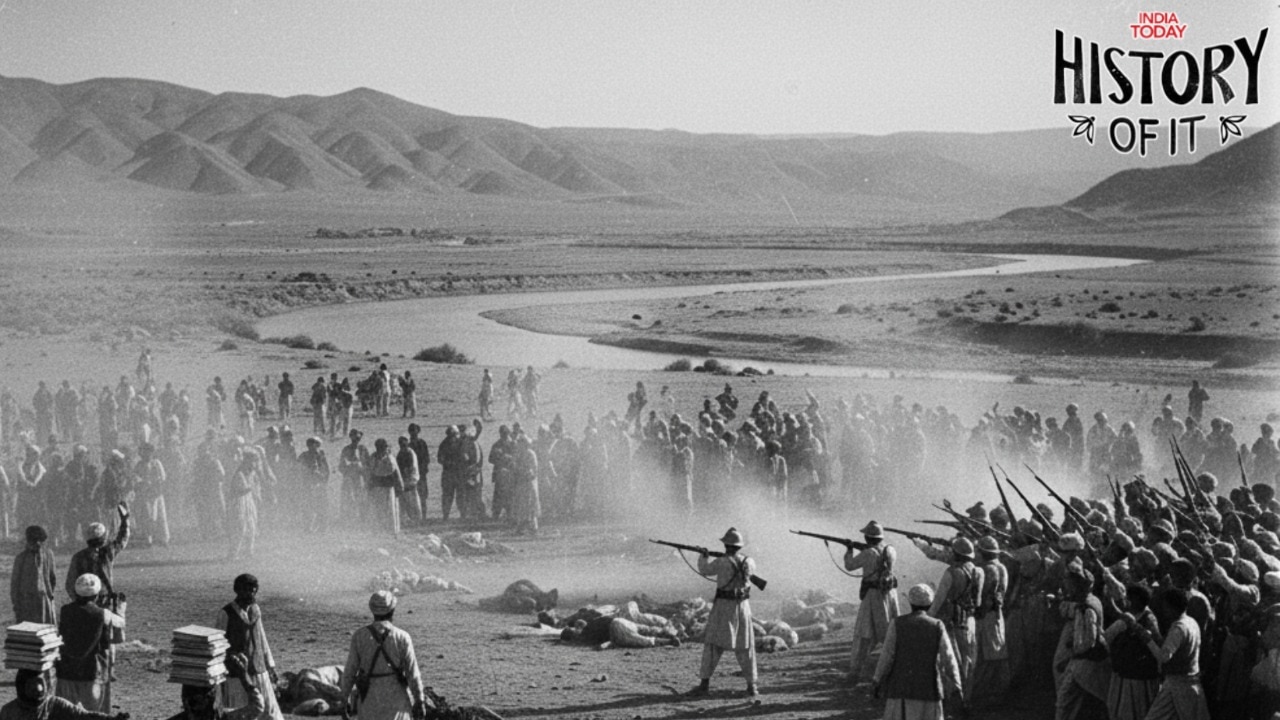"The barbarous massacre of the Red Shirts (Khudai Khidmatgars) committed at Charsadda in 1948 surpassed the Jallianwala Bagh massacre committed by the British in 1919," said Huseyn Shaheed Suhrawardy in July 1950, while addressing a large jalsha in Dhaka, East Pakistan (now Bangladesh). Suhrawardy was the chief of Pakistan's All Pakistan Awami Muslim League (which later became the Awami League), and went on to become the Prime Minister of (1956-1957). At least 600 Red Shirt Pathans, followers of Khan Abdul Ghaffar Khan, known as Frontier Gandhi, were slaughtered under the watch of Muhammad Ali Jinnah. This came to be known as the Babrra Massacre.
advertisement
Carnages cannot be compared, but that Suhrawardy ranking the Babrra Massacre in Jinnah's Pakistan as worse than the British carnage at Jallianwala Bagh says everything. Jinnah's fight for an Islamic nation was won, only to be stained by the blood of fellow Muslims, the Pathans.
On August 12, 1948, the state police of the North-West Frontier Province (NWFP) opened fire on an unarmed gathering of the Khudai Khidmatgars (servants of God) in Charsadda's Babrra village. Babrra is located 40 kilometres from Peshawar. The soil wore a blood-soaked shroud that day.
The Red Shirts, followers of Khan Abdul Ghaffar Khan's creed of non-violence, had gathered to demand the release of political prisoners and to press for the right to organise and protest after Jinnah's League government had banned the Khudai Khidmatgar movement and arrested its leaders.
The Pakistani government claimed that 15 Khudai Khidmatgars were killed and around 40 wounded, but other accounts spoke of over 600 dead and thousands injured. An eyewitness even swore on the Quran that the number of deaths reached 2,000, noted Mahatma Gandhi's personal secretary, Pyarelal, in his 1966 book, Thrown To The Wolves: Abdul G
Continue Reading on India Today
This preview shows approximately 15% of the article. Read the full story on the publisher's website to support quality journalism.
